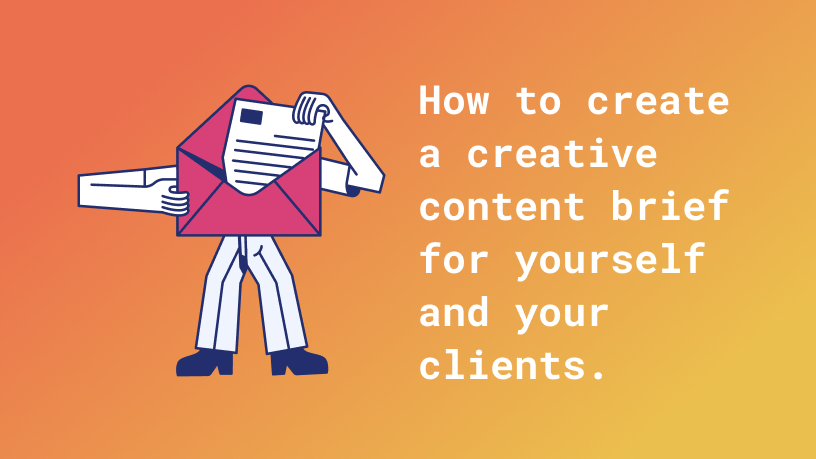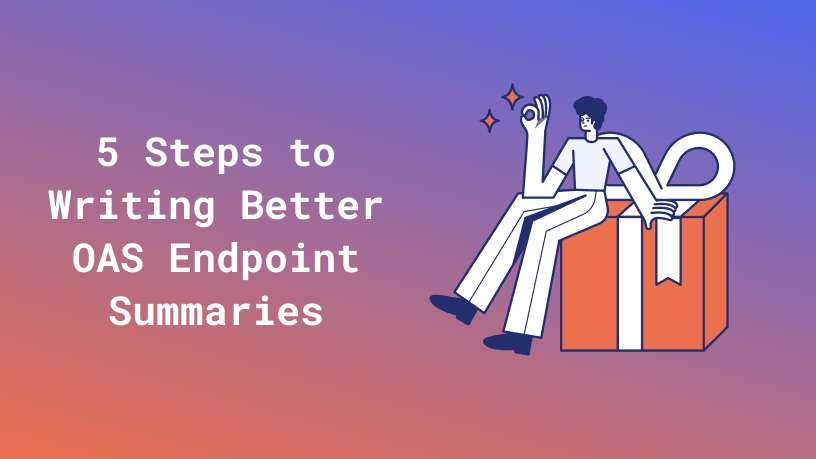The Internet is an excellent place for sharing knowledge and skills. Developers, in particular, like to help their peers build their technical skills by providing them with tutorials, books, coding live streams, courses, and so on. Needless to say, this also makes them eager to expand their own skills to create even better tutorials and courses.
If you also want to create and share adult learning content, you must consider how best to prepare the materials. There are a few things to consider with adult learners, as they don’t learn the same way as children and have very different motivators and requirements.
In this article, you’ll get a brief overview of adult learning principles and hands-on tips to help you create better tutorials and programming courses that others can use to boost their skills effectively.
What is Adult Learning Theory?
American educator Malcolm Knowles developed the theory of andragogy, which is the fancy word for The Science of Teaching Adults.
Note: You are probably more familiar with the term pedagogy, which refers to the practice of teaching children.
Knowles’ main idea is (or was) that adults learn differently than children, after which he developed a set of principles and theories. These still resonate today and are employed by educational institutions worldwide to help adults acquire new skills.
I recommend you look into the subject in more detail and learn more about Knowles’ principles, as they will benefit you when creating learning materials. Of course, you can find many good articles on the Internet, such as this one.
Let’s look at six tips derived from Knowles principles of adult learning that you can apply to create better tutorials and programming courses.
1 Learning Is Self-Directed
Most adults know what they want to learn and how they learn best. As a result, they prefer to learn autonomously at their own pace, set their own goals and learning strategies, and assess their progress and results.
Of course, it helps if you create learning materials so that they can already serve as a guide. Still, they should also be flexible enough to be adapted to different needs and preferences.
2 Content Must Be Relevant
An adult’s brain is already crammed with so many things they’ve acquired over the years. And by now, they know they don’t need everything they learned in school in their adult lives. I’m sure you feel the same way, right? (why am I writing this as if it doesn’t apply to me?)
The content you create needs to be relevant to the learner’s personal or professional life. What are the personal benefits of what they’ve learned? In what situations can they apply it? So if you write in your tutorial that something is important to know, you must explain why.
When adults don’t see or understand the relevance, their willingness to learn decreases and they are more likely to forget what they have learned.
3 They Love Hands-on Learning
Adults want to get their hands dirty, experiment, and test their new skills in real-world situations as soon as possible.
This means they don’t only want to hear the consequences or benefits of something explained through your content; they want to try things out for themselves and then evaluate the outcome. Ultimately, this is much more memorable (and fun) for most than just reading or hearing about something.
So when creating content, make sure you include lots of exercises that are a bit more open-ended and invite experimentation.
4 Change Their Perspective
Adults have usually already had experiences that have shaped a specific worldview and idea of how things (should) work. However, they also understand that learning something new can open up a new world and challenge their precognitions (broaden our horizons).
Learning materials can build on experiences to contextualize the content and make the examples easier to follow. This way, learners can see the meaning of the learning material in the world they know.
Taking it a step further, you can use these experiences as a foundation to change learners’ perspectives and see things in a different light.
Suppose you are writing a course for frontend developers who want to become full-stack developers. Think about what experiences your different audiences have in common and use them in your learning materials. For example, think about situations in the workplace, collaborating with other developers, or working on specific parts of a website.
Then you can build on those experiences to bring in new perspectives – what would your given situations look like for a full-stack developer? Would it be the same, similar, or completely different?
5 Know Their Motivators
Although children love learning, parents and teachers act as external motivators (you must go to school because your parents and teachers say so). For adults, this type of motivation doesn’t play as significant a role in learning. Instead, they learn more from internal motivation.
Motivators can be a career change, prestige, a promotion, or the desire to try something new. Hence, this is another critical point why you need to tell them about a subject’s relevance. They need to know how something can help them achieve their goal or why they need it for their future job.
Of course, this is easier if you know who you’re writing for. For example, if you’re writing a course for people who want to start a new career in tech, you can quickly figure out how something will help them in the future. For mixed audiences, you may need to stay a little more general. Still, you can give several examples or focus on the most prominent ones.
6 Practice Makes Perfect
Most adults have not actively learned anything for quite some time. Depending on their motivation, they may need to develop a new willingness to learn. One way to increase this readiness is to focus the material on problem-solving exercises rather than relying solely on content-based material.
Give your learners a safe space to experiment – or explain how they can create such a space – where they can try, fail, and try again without consequences. In this way, they gain the experience and build the skills and confidence necessary to solve similar tasks outside the experimental environment.
In other words, adults primarily want to know how to do things because they are likely to be part of a hands-on and solution-oriented workforce. Therefore, they want to practice solving problems to understand how to do so in their jobs. Knowledge of background and theory is also an advantage but often takes second place.
Create tutorials and coding courses that stick with your readers
I hope this blog post was able to give you some insight into the world of adult learning and that you feel ready to create better tutorials. What’s more, I hope you are now curious to learn more about the topic! After all, this topic is not just relevant for our tutorial and course readers but also for our own learning experiences, right?
This blog post’s featured image is by Siora Photography (Unsplash).





No responses yet